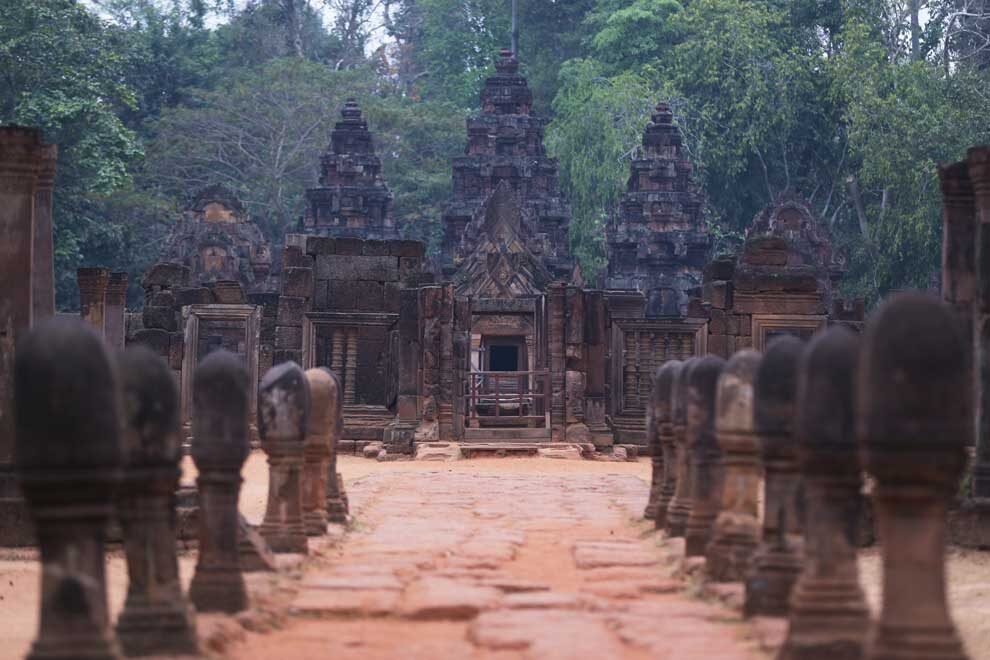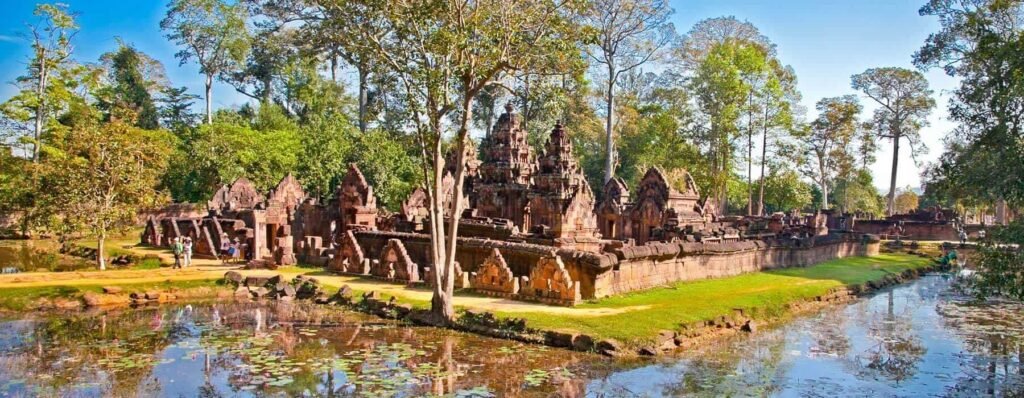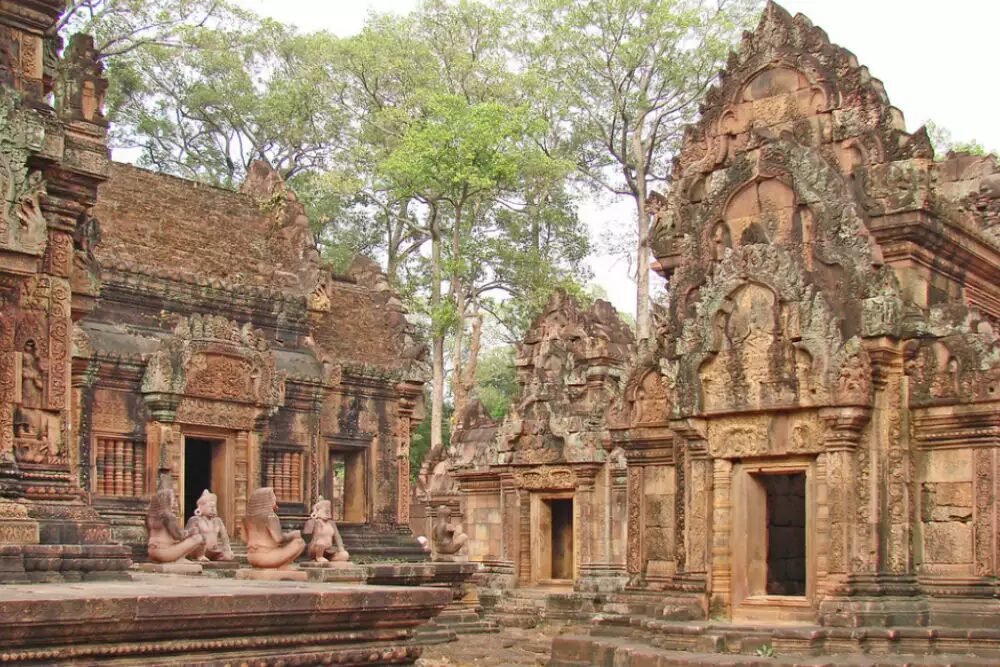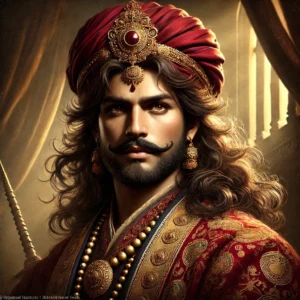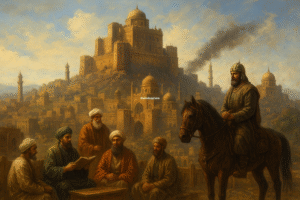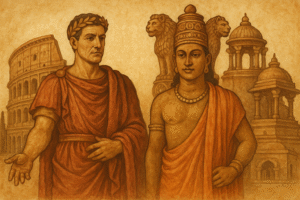The Khmer Empire (802–1431 CE) was one of Southeast Asia’s most powerful and influential civilizations. It was centered in modern-day Cambodia and expanded its influence over neighboring territories, including parts of present-day Thailand, Laos, and Vietnam. The empire is most famous for its stunning architectural achievements, notably Angkor Wat, and its rich cultural heritage, which was deeply shaped by Indian Hindu and later Buddhist influences. This article explores how the Khmer Empire absorbed and synthesized elements from these two great civilizations, leaving a lasting legacy that continues to resonate in the region.
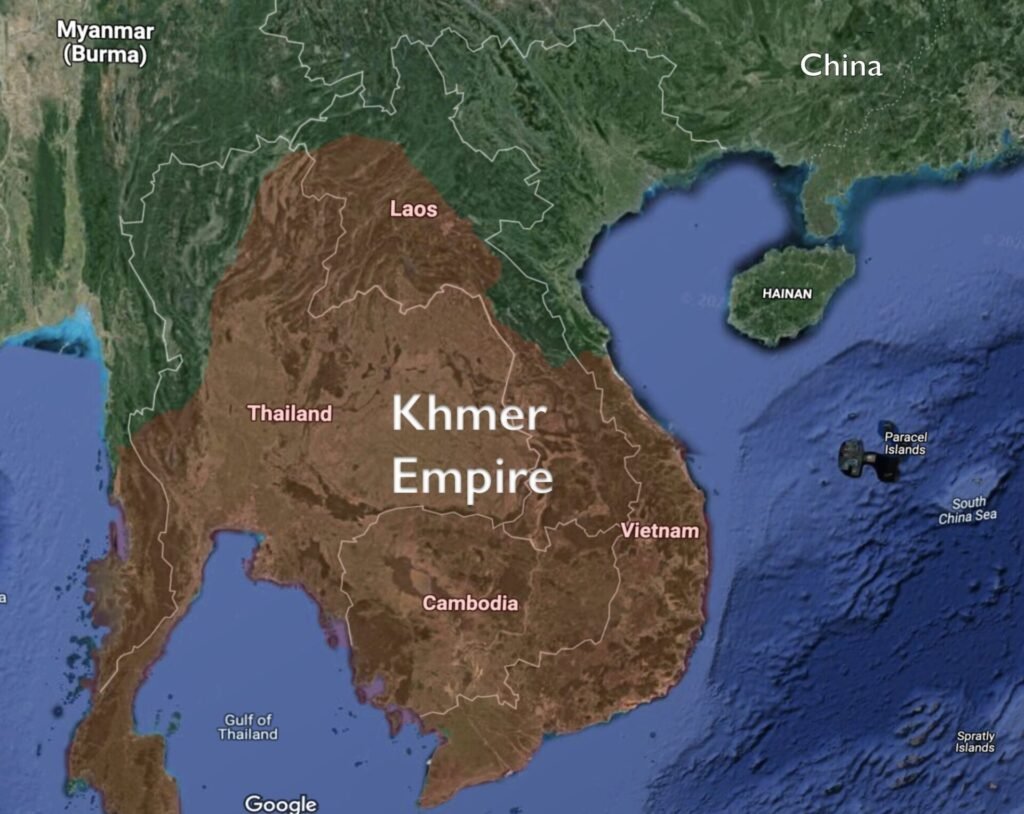
Origins of the Khmer Empire and Early Indian Influence
The early history of the Khmer Empire is closely intertwined with Indian civilization, which had been influencing Southeast Asia for several centuries before the empire’s foundation. Indian traders, religious scholars, and settlers brought with them a wealth of knowledge, including writing systems (such as Sanskrit), religious beliefs, and political concepts.
1. Adoption of Hinduism and Indian Political Ideology
The foundation of the Khmer Empire is traditionally attributed to Jayavarman II, who declared himself the devaraja or “god-king” in 802 CE, marking the start of the empire. This concept of divine kingship was inspired by Hindu political philosophy, which viewed the king as an earthly representative of the gods, particularly Shiva and Vishnu.
The rulers of the Khmer Empire adopted the Varna system of social hierarchy, although it was modified to suit local customs. The Brahmins—Hindu priests—played an important role in performing religious rites and rituals, including the king’s coronation ceremonies, thereby reinforcing the ruler’s divine status.
Indian influence was also apparent in the Khmer legal system, which borrowed extensively from Dharmaśāstra (a body of legal texts derived from Hindu religious scriptures) and Indian political texts like the Arthashastra, contributing to the centralization of power.
2. Hinduism and Khmer Religious Practices
Hinduism became the state religion of the Khmer Empire, with Vishnu and Shiva being the principal deities worshipped by the rulers. Temples dedicated to these gods were built across the empire, and Khmer kings often considered themselves incarnations of these deities.
The concept of the Mount Meru, the mythical mountain at the center of the universe in Hindu cosmology, was reflected in Khmer temple architecture. Temples like Angkor Wat (dedicated to Vishnu) and Preah Vihear were designed to symbolize this cosmic mountain, with their central towers representing Meru’s peak.
Khmer rulers sponsored grand religious festivals, during which Brahmin priests performed elaborate sacrifices and rites in the honor of Hindu gods, further cementing the relationship between the empire’s political power and religious authority.
Architectural Marvels: Fusion of Indian and Khmer Styles
The temples of Angkor, especially Angkor Wat and Bayon, are some of the most outstanding examples of the synthesis between Indian Hindu architecture and Khmer innovation.
1. Angkor Wat: A Monument to Vishnu

Angkor Wat, built during the reign of Suryavarman II in the early 12th century, is the largest religious monument in the world. Originally constructed as a Hindu temple dedicated to Vishnu, it reflects the grandeur of Hindu cosmology.
The temple complex is a vast representation of Mount Meru, with five central towers symbolizing the mountain’s peaks and surrounding galleries representing the cosmic oceans. Its detailed carvings depict scenes from Hindu epics like the Ramayana and the Mahabharata, illustrating the Khmer’s deep engagement with Indian mythology.
The temple’s orientation toward the west, unusual for Hindu temples, suggests that it may also have served as Suryavarman II’s mausoleum, further connecting the king’s identity with that of Vishnu.
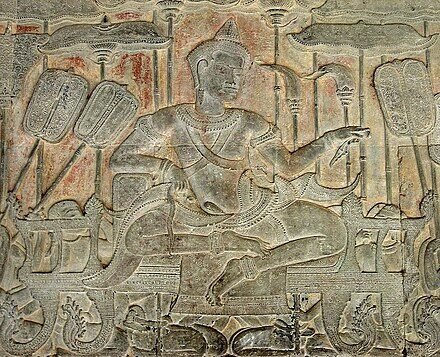
2. Banteay Srei: Jewel of Khmer Art
Another masterpiece of Khmer Hindu architecture is Banteay Srei, a 10th-century temple dedicated to Shiva. Often referred to as the “jewel of Khmer art,” Banteay Srei is noted for its intricate carvings, which depict various Hindu deities and mythological scenes with remarkable detail.
The temple’s diminutive scale, compared to the grandiosity of Angkor Wat, highlights the diversity of architectural expression in the empire, yet it remains deeply rooted in Indian temple design, especially in its use of symbolic motifs like lotus flowers and nagas (serpent deities).
The Rise of Buddhism in the Khmer Empire
By the late 12th century, the Khmer Empire began to experience a significant religious shift. While Hinduism remained influential, Buddhism—particularly Mahayana Buddhism—started gaining favor among the elite, and eventually, Theravada Buddhism became the dominant religion.
1. Jayavarman VII and the Spread of Mahayana Buddhism
Jayavarman VII (r. 1181–1218) was one of the most influential kings of the Khmer Empire, and he is remembered for his devout patronage of Mahayana Buddhism. Under his rule, the empire underwent a massive building spree, with many of the most famous structures in Angkor being constructed during his reign, including the Bayon Temple and Ta Prohm.
Jayavarman VII envisioned himself as a bodhisattva—an enlightened being dedicated to helping others achieve enlightenment. This vision of kingship was a significant departure from the earlier devaraja cult, which was focused on Hindu deities.
Bayon Temple, at the heart of Angkor Thom, features over 200 massive stone faces that are believed to represent the bodhisattva Avalokiteshvara, but they also bear a striking resemblance to the king himself, suggesting a fusion of divine and royal identity that echoes the earlier devaraja concept.
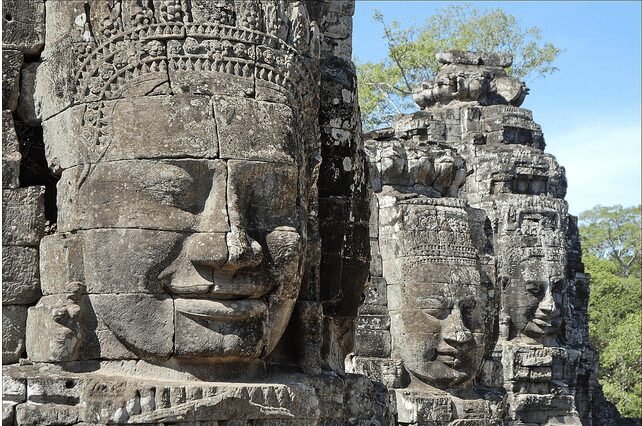
2. Transition to Theravada Buddhism
After Jayavarman VII’s death, Theravada Buddhism began to replace Mahayana as the dominant form of Buddhism in the empire. Unlike the more hierarchical and ritualistic Mahayana tradition, Theravada Buddhism emphasized personal meditation and ethical conduct, appealing to the broader population. By the 14th century, Theravada Buddhism had become the state religion of the Khmer Empire, leading to a gradual decline in the construction of Hindu temples and a shift in religious practices. However, the earlier Hindu and Mahayana Buddhist temples remained important cultural and religious sites.
The Syncretism of Hinduism and Buddhism in Khmer Culture
Despite the shift from Hinduism to Buddhism, the Khmer Empire did not abandon its Hindu past. Instead, the two religions often coexisted, and their influences blended in art, architecture, and religious practice.
1. Coexistence in Temples
Many Khmer temples initially built as Hindu shrines were later adapted for Buddhist worship. For example, Angkor Wat, originally a Hindu temple dedicated to Vishnu, became a Theravada Buddhist site, and it remains an important pilgrimage destination for Buddhists today. Hindu and Buddhist iconography often appeared side by side in temple reliefs, reflecting a fluid religious landscape where multiple beliefs could be honored simultaneously.
2. Influence on Art and Culture
Khmer art during the empire’s later years often depicted both Hindu gods and Buddhist figures, reflecting the empire’s ability to merge different religious traditions into a cohesive cultural identity. Statues of Buddha were carved with the same precision and style as earlier statues of Hindu deities, indicating that the artistic techniques developed during the Hindu period were carried forward into the Buddhist era.
The Legacy of the Khmer Empire
The Khmer Empire’s embrace of Indian Hindu civilization and its later transition to Buddhism created a unique and lasting cultural legacy in Southeast Asia. The fusion of these two great religious traditions is most clearly seen in the architectural and artistic achievements of the Khmer people, which continue to inspire awe today. While the empire itself eventually declined in the 15th century, its monuments, temples, and the syncretic nature of its religious practices remain a testament to its profound historical and cultural impact.

